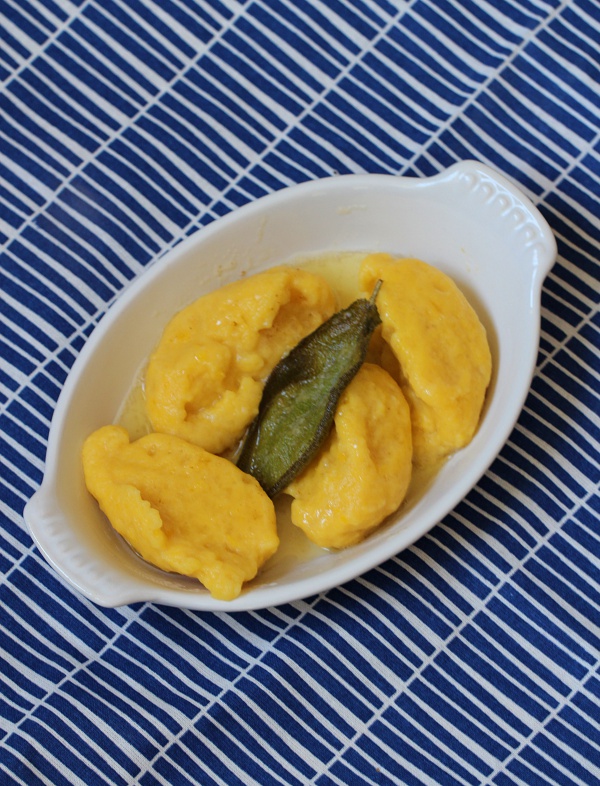
Venice was not a city I was dying to visit. Over the past few years, we’ve traveled to many parts of Italy and enjoyed discovering everything from the medieval charms of Siena to the modern bustle of Milan and the luxe beach towns of the Amalfi Coast. But each time we went back and the idea of visiting Venice came up, I was really just not that interested.
Ask anyone who has been to Venice for an opinion on the place and you’ll get polarizing responses — I’ve heard everything from “it’s literally the worst place in Italy” to “it’s the most romantic place in Italy” to “If you’ve been to The Venetian in Vegas, don’t bother going to the real place.”
When we planned our most recent trip for the beginning of September, we decided to finally just see Venice for ourselves. We booked a hotel on the Grand Canal and hoped for the best.
When we arrived at the train station in Venice, we hired a water taxi to shuttle us over to our hotel. As the little boat maneuvered through the canals, I couldn’t help but to shake my head… WHY does this place exist!? Who came up with the brilliant and ridiculous idea of building platforms over marshland and then building a city on top of that? You have to admire what it took to make this place a reality.

For the next two days, we wandered the narrow, winding streets and alleyways and I started to appreciate our decision to add the Floating City to our itinerary; It’s 100% true that Venice is overrun with tourists, that it’s not easy to find a decent restaurant (if you see a menu in 8 languages, run swiftly in the opposite direction), and that some of it is really cheesy (seriously… just save yourself the 80 euros and skip the gondola ride). But it’s simply unlike any place you’ve ever been before.
My advice to anyone considering visiting Venice is to just go, with these downsides in mind, and try to appreciate the madness. Wander far, far away from St. Mark’s Square into the more residential areas; duck into dark bars that serve the excellent wines from the region; allow yourself to give in just a little bit to the ridiculous overly-romantic undertone of the city. We only live once, don’t we?
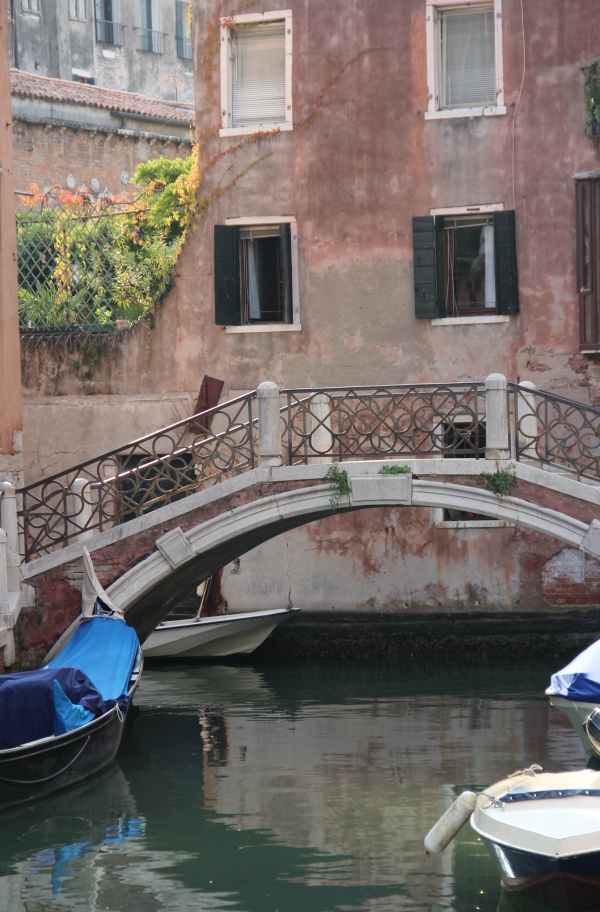
Getting lost in the streets and watching the light change and reflect off of the canals throughout the day is a pretty magical experience. Enjoying a classic Venetian spritz overlooking the water isn’t half bad either.
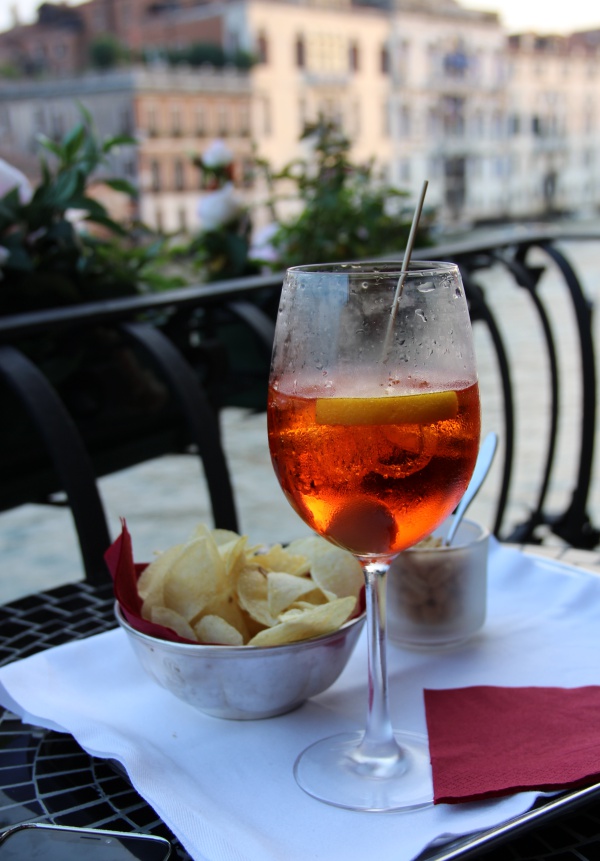
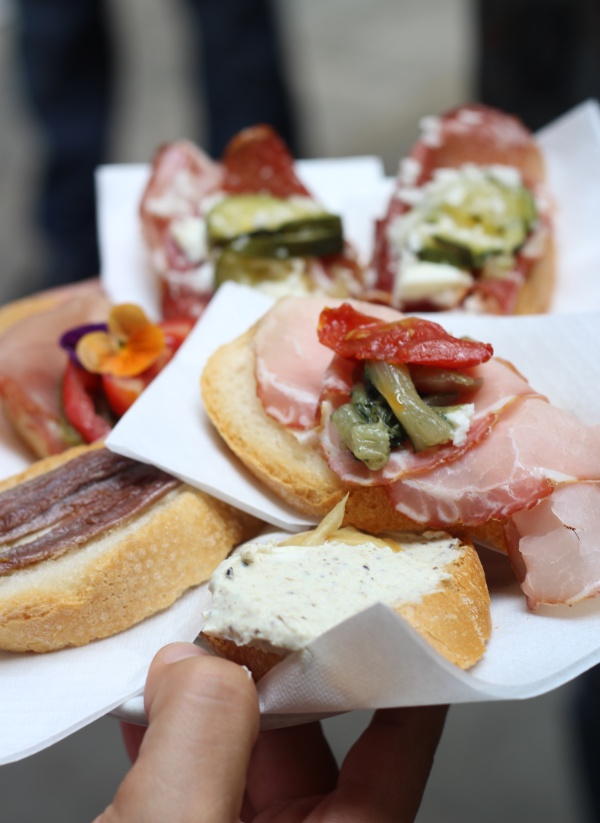
Like any region of Italy, Venice has its own food culture and typical dishes that you’ll see served everywhere. We ate tender calamari over polenta, delicious tapas-style bites called cicchetti, and sugary breakfast pastries. But one of the best dishes we ordered was a gnocchi di zucca, a pumpkin gnocchi tossed with butter and sage.
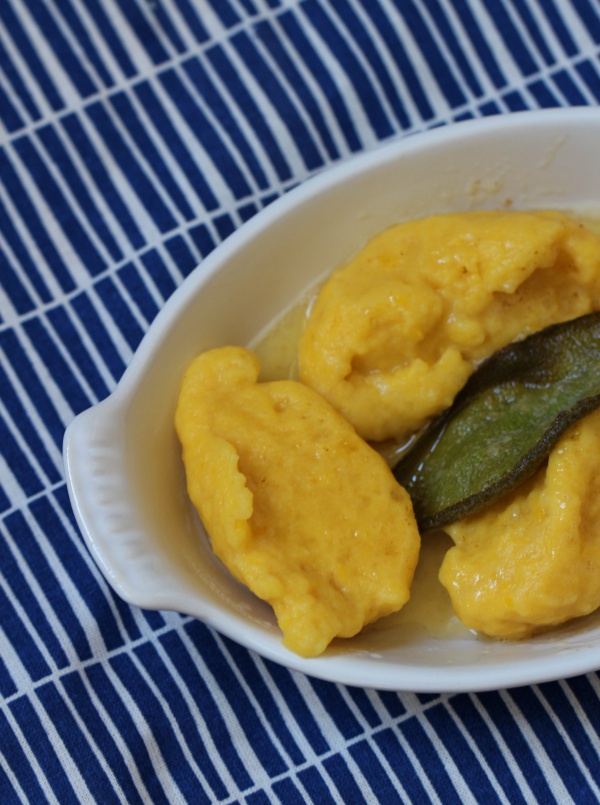
Unlike the potato-based gnocchi that I’m accustomed to eating, these gnocchi were more dumpling-like with an airy texture. The sweetness of the pumpkin came through nicely, while the browned butter made the dish velvety and decadent! Venice is all about opulence, and to me, these were a food representation of that.
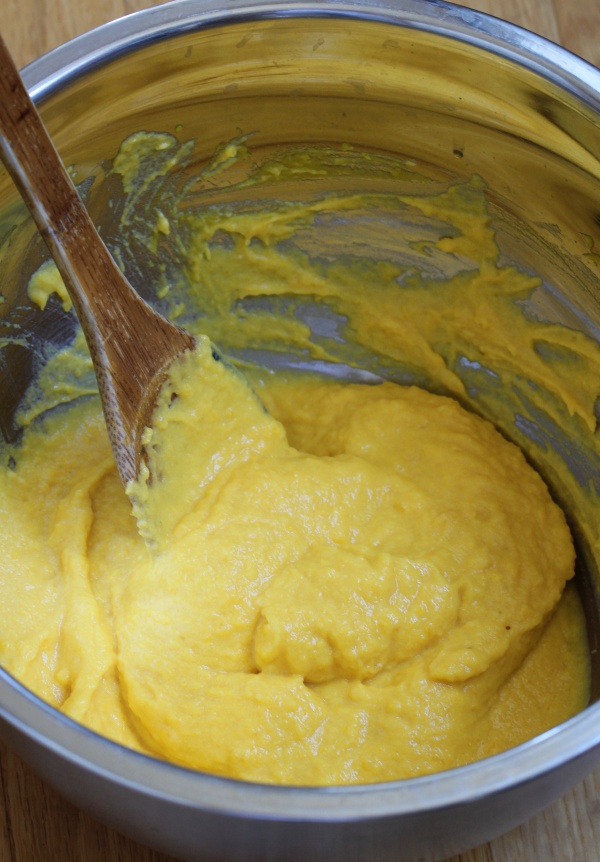
These gnocchi make a lovely starter to a meal. I’d serve them before some fresh seared scallops with a squeeze of lemon. Right now is the perfect time to find fresh, sweet Kabocha squash at your farmer’s market to use in this recipe — don’t miss out!
Venetian Pumpkin Gnocchi (Gnocchi di Zucca)
Makes about 20-25 pieces (Serves 5-6 people as an appetizer)
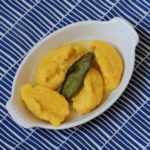
Ingredients
1 Kabocha Squash (about 2 lbs.), or one can of pumpkin puree
1 egg
150 grams (about 1 1/4 cups) of ’00’ flour (you can use all-purpose, but 00 will give you more airy gnocchi!)
1 tsp salt
6 Tbsp. Unsalted butter
5-6 sage leaves
Nutmeg (optional)
Parmesan cheese (optional)
Instructions
Pre-heat the oven to 400 degrees Fahrenheit. Cut the Kabocha squash in half, wrap each half tightly in foil (you want them to steam a bit inside the foil, so be sure there are no rips or gaps in the foil) and set them cut-side down on a baking sheet.
Bake squash for one hour until it is very soft and almost collapsing. Remove squash from the oven and let cool slightly — you can keep it wrapped in the foil as it cools so that it continues to steam. Using a spoon, scoop the orange flesh from the squash out of the skin and into a large bowl. You should use about 500 grams of squash (roughly 2 1/4 cups).
Use a potato masher to mash the squash and get any lumps out. I also like to use my immersion blender to give it a quick blitz and make sure the puree is super smooth!
While you wait for the squash to cool a bit, put a large pot of water on the stovetop over high heat and bring to a boil.
When the squash is cool, mix in the egg and stir well to combine. Depending on how much moisture is in your squash (canned pumpkin/squash will probably have less moisture than fresh roasted), you can add more or less flour than listed.
Sprinkle the flour over the top of the squash mixture and stir to combine. Stir in the salt. The consistency you are looking for is a very thick cake batter, so add more flour if the batter seems thin. The batter has to stay together enough to hold its shape in the water, but it will not be a thick dough like potato gnocchi.
Using two spoons, scoop the batter back and forth between them to create small football-shaped dumplings. Tap each dumpling into the boiling water and cook for 4-5 minutes. The dumpling will rise to the top when it’s almost done — I like to let them cook for another minute after they rise to the top. Remove them from the water with a slotted spoon into a serving bowl.
As your gnocchi cook, melt the butter over low heat in a skillet and toss in the sage leaves. Cook, swirling frequently, until the butter just begins to brown. Remove from the heat as soon as that happens.
To serve, pour some of the brown butter over each dish of gnocchi and garnish with a butter-fried sage leaf. Top with a tiny bit of fresh grated nutmeg and parmesan cheese, if desired.

Comments